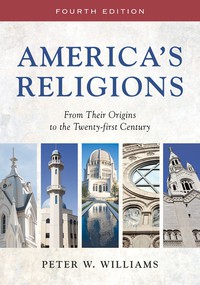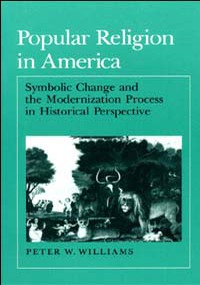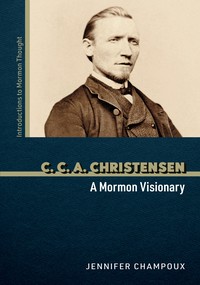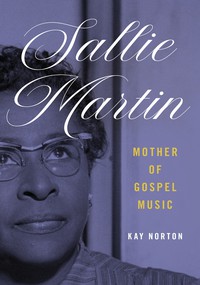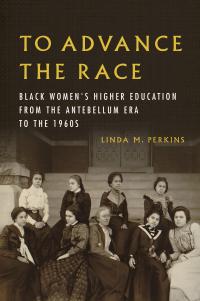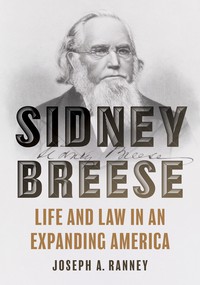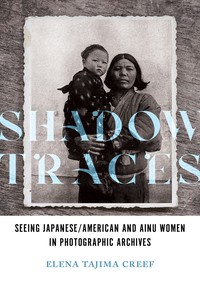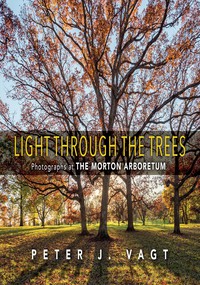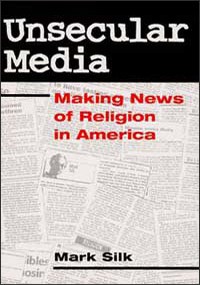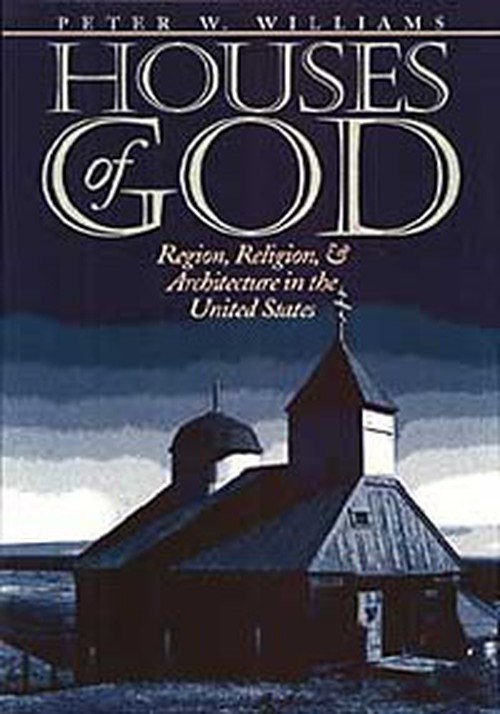
Houses of God
About the Book
Houses of God is the first broad survey of American religious architecture, a cultural cross-country expedition that will benefit travelers as much as scholars. Beautifully illustrated with over 100 photographs — some by well-known photographers such as Walker Evans and Dorothea Lange — this handsome book provides a highly accessible look at how Americans shape their places of worship into mulitfaceted reflections of their culture, beliefs, and times.Reviews
"Williams's catalogue of American religious structures is a beautifully designed resource." — Publisher's Weekly"[Houses of God] is a major accomplishment and will be regarded for many years as the definitive survey of American church architecture." — James F. White, Anglican and Episcopal History
"Informative, packed with fascinating anecdotes and vignettes, and thoroughly charming, Houses of God does what a good tour-guide of a historic home aspires to accomplish: locate a building in its wider historical context. . . . I, for one, plan to leave it in my car with my maps and my AAA card, so I don't miss William's insights next time I'm on the road." — Lauren F. Winner, Journal of Southern Religion
"Together [the seven illustrated essays on vernacular religious architecture] offer a detail-packed and remarkably inter-disciplinary examination of how theology, liturgy, style, ethnicity, and social history have shaped America's churches. . . . Useful bibliographies at the end of each region's chapter and indexes by personal names and structures conclude the work. For academic architecture, religion, and American studies collections." — Russell T. Clement, LibraryJournal
"To his credit, Williams provides numerous passages that explore the individual buildings or their social context in detail." — R. J. Onorato, Choice
"American religious historian Peter Williams' Houses of God is an impressively broad and well-written illustrated survey of American religious architecture and the circumstances of its creation. . . . Houses of God
"Should appeal to a general audience, as well as to historians ignorant of American religious architecture and architects ignorant of American church history." — Philip Bess, First Things
"Williams masterfully outlines a complex subject-matter, the built environment of religion in the 50 states, in a novel way, by geographical-cultural region. . . . An extensive bibliography completes each chapter and directs the reader to further illustration and information. . . . Reading a chapter prior to a conference or a holiday is certain to make one more perceptive and more inquisitive with respect to both urban and rural settings." — Mary M. Schaefer, Theological Studies
"Peter W. Williams analyzes the nation's major religious structures from pre-contact times to the present in a work that combines religious history, architectural history, ethnic history, and cultural geography. . . .The . . . images are marvelously eclectic:a Native American kiva; New Mexican adobe churches; Touro Synagogue in Rhode Island; the Latter-Day Saint temples in Kirtland, Ohio, and Salt Lake City; an African-American church in South Carolina; San Xavier Mission near Tucson; the First Church of Christ, Scientist in Berkeley; St. Michael the Archangel Cathedral in Sitka, and T'ien Hou Temple in San Francisco, just to name a few. . . . As the images and gracefully-written text suggest, these religious buildings served as more than simply providing places of worship. Early western town-promoters welcomed churches as signs of respectability. . . .Williams provides good insights into the shifting symbolic functions of the religious built environment." — Ferenc M. Szasz, Western Historical Quarterly
"Williams has written a lucid, satisfying survey of religious architecture in the United States, with particular attention to style, denomination, and region. . . . [Williams] gives a new, concrete slant to perennial questions about unity and diversity in American religious history." — Richard Hughes Seager, The Journal of American History
"Williams's interweaving, within each chapter, of cultural, religious, architectural, and other relevant 'histories' is truly masterful - not something we would be likely to find in the best of guidebooks. . . .A remarkably erudite and diligent guide through the picturesque mazes of American religious architecture." — William R. Hutchinson, Church History
"Williams sweeps through the inventory of built form in the lands now contained within the political boundaries of the United States. But this work is not just a catalog of meritorious religious structures. Williams's authoritative scholarship in American studies verges into anthropology, cultural geography, architectural history, sociology, and religion. . . . He provides a valuable, often enlightening context for the well-chosen examples of the sacred environments that he examines." — Robert Benson, Indiana Magazine of History
"A fascinating, non-technical treatment of the built environment of American religion from Native Americans' kivas to the "worship centers" of modern evangelicals." — David A. Simmons, Ohio History
"It is intelligent, well-written, and delightfully personal, and will provide a fine introduction to the subject of American religious architecture for the general reader. Historians of architecture or religion will appreciate the way Williams is able to discuss buildings knowledgeably while paying close attention to social and cultural context. . . . Williams' timely book is a summary of what we know about the American religious landscape and a new way of looking at it. It makes the reader want to get behind the wheel of a car and roam the landscape, looking at these wonderful buildings. It is also a blueprint for the work that needs to be done on this topic. Houses of God is a friendly, useful, and important book to place on a shelf that is far too empty." — Gretchen Buggeln, The Cresset Pentecost
